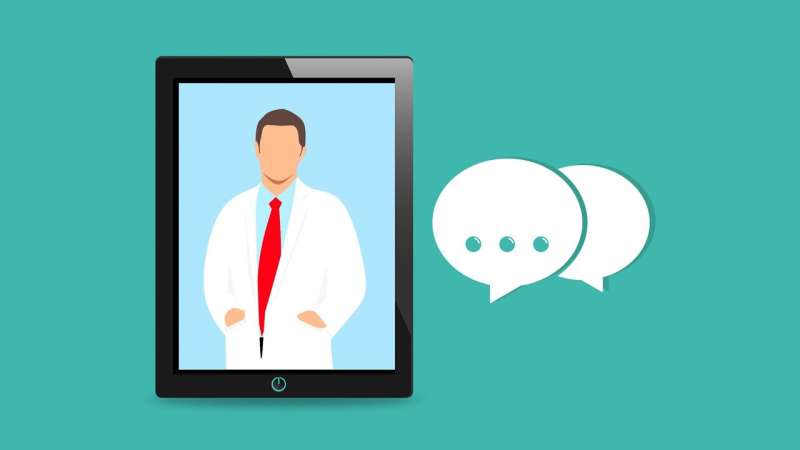In new age of telemedicine, researchers identify child neurology patients who still require in-person visits


Researchers from the Epilepsy Neurogenetics Initiative (ENGIN) at Children’s Hospital of Philadelphia (CHOP) found that while many child neurology visits can be effectively conducted through telemedicine, younger children and those with neuromuscular disorders are more likely to require in-person evaluation. The findings further establish how telemedicine can continue to help patients beyond the COVID-19 pandemic that necessitated it and prioritize which patients should be seen in person to receive the most effective care. The findings were recently published in the journal Developmental Medicine and Child Neurology.
With the onset of the COVID-19 pandemic, telemedicine became an essential tool for delivering outpatient care to many patients. In a prior study, CHOP researchers found that even with the rapid shifts caused by the pandemic, pediatric neurology telemedicine visits were an effective way of assessing patients. However, since systematic telemedicine visits for pediatric neurology patients had not been done before, no conceptual framework existed. This meant that additional work was needed to evaluate the adequacy, equity, and safety of telemedicine in pediatric neurology.
“In our latest study, we wanted to focus on the so-called ‘visits of concern,’ or telemedicine visits that necessitated in-person visits to address concerns that simply could not be properly addressed by a telemedicine visit,” said the study’s first author Marisa S. Prelack, MD, a pediatric neurologist in the Division of Neuroscience at CHOP who specializes in treating children with epilepsy.
“By understanding which patients are more likely to require in-person visits, we can develop a better plan for how to allocate telemedicine visits going forward.”
The study team analyzed 7,130 audio-visual telemedicine visits conducted between March and November 2020, focusing on the first year of the pandemic when telemedicine was initiated at a much larger scale. The researchers defined visits of concern (VOCs) as telemedicine visits where the clinical scenario required in-person follow-up evaluation sooner than if the initial visit had been conducted in-person. The neurology providers at CHOP supplied information about whether a telemedicine visit was a VOC through a questionnaire that was built into the general telemedicine documentation template that had been launched with the transition to telemedicine during the pandemic.
The researchers found that VOCs occurred in 5% of visits across 292 individual patients, with 0.17% requiring immediate evaluation. Technical challenges occurred more frequently in VOCs than visits without concern (40% vs 28%, p < 0.05), highlighting how access to adequate technology is an important factor in delivering telemedicine care. However, VOCs were not mainly driven by technological factors. The median age of patients was younger in VOCs than non-VOCs (9 years 3 months vs 11 years 3 months, p < 0.05).
Additionally, socioeconomic and racial disparities appeared to result in VOCs, with lower median household income and racial minorities more likely to have a VOC, emphasizing important aspects where equity in telemedicine needs improvement. Epilepsy and headache were the most common reasons for VOCs, as these conditions were the most common diagnosis in the patient population. However, children with neuromuscular disorders and developmental delays had a much higher proportion of VOCs than other neurological conditions.
Source: Read Full Article